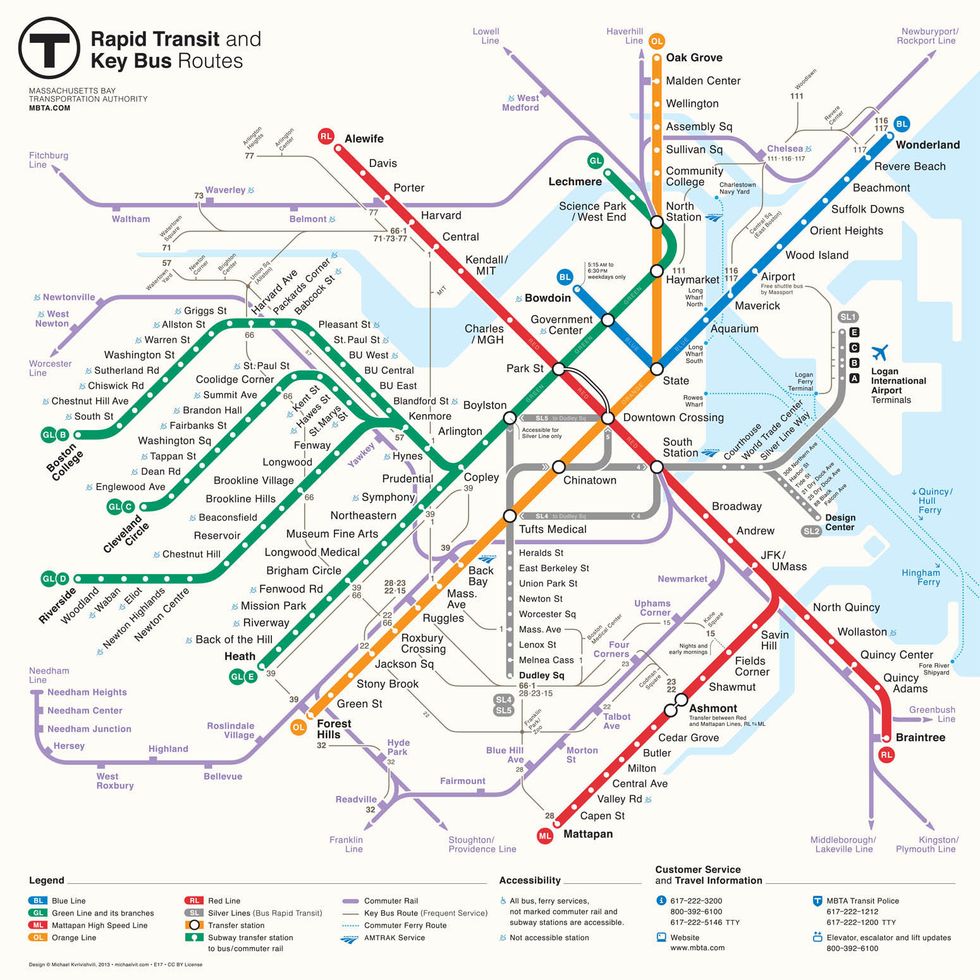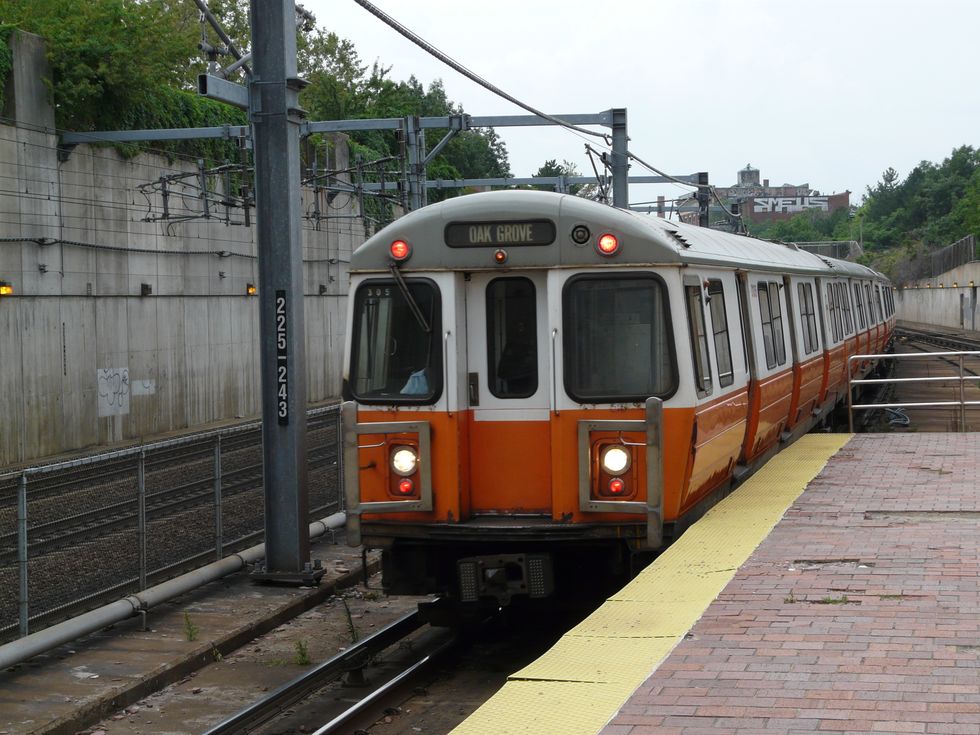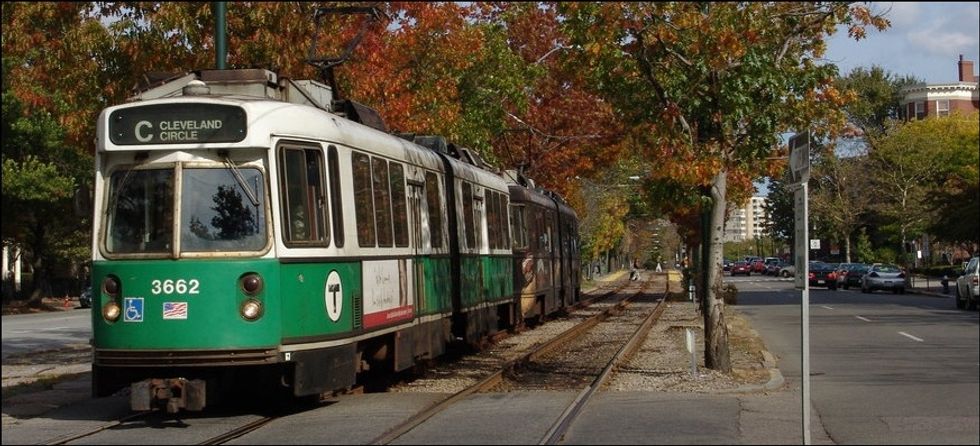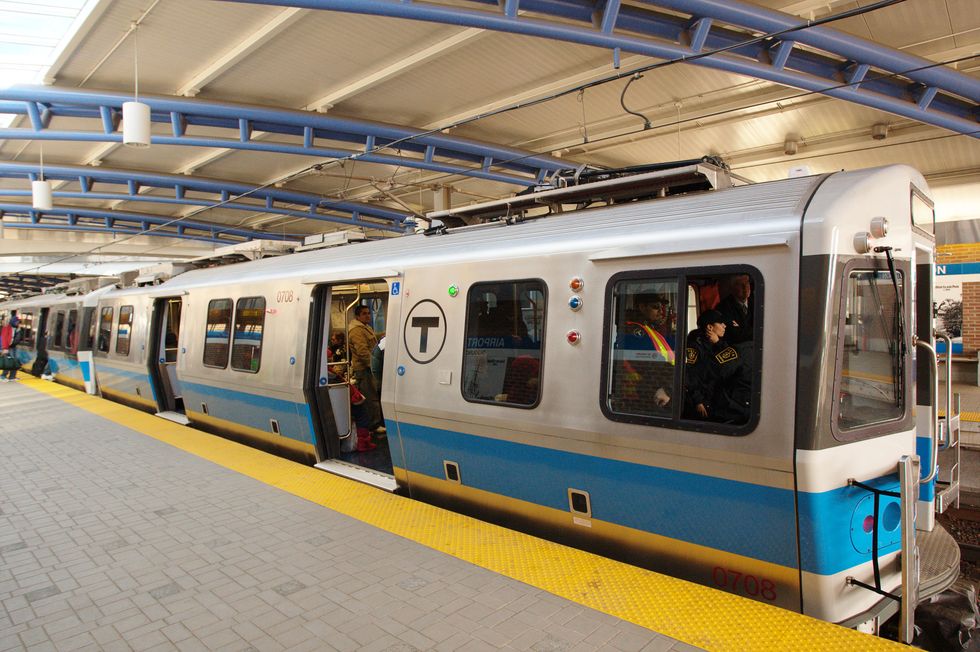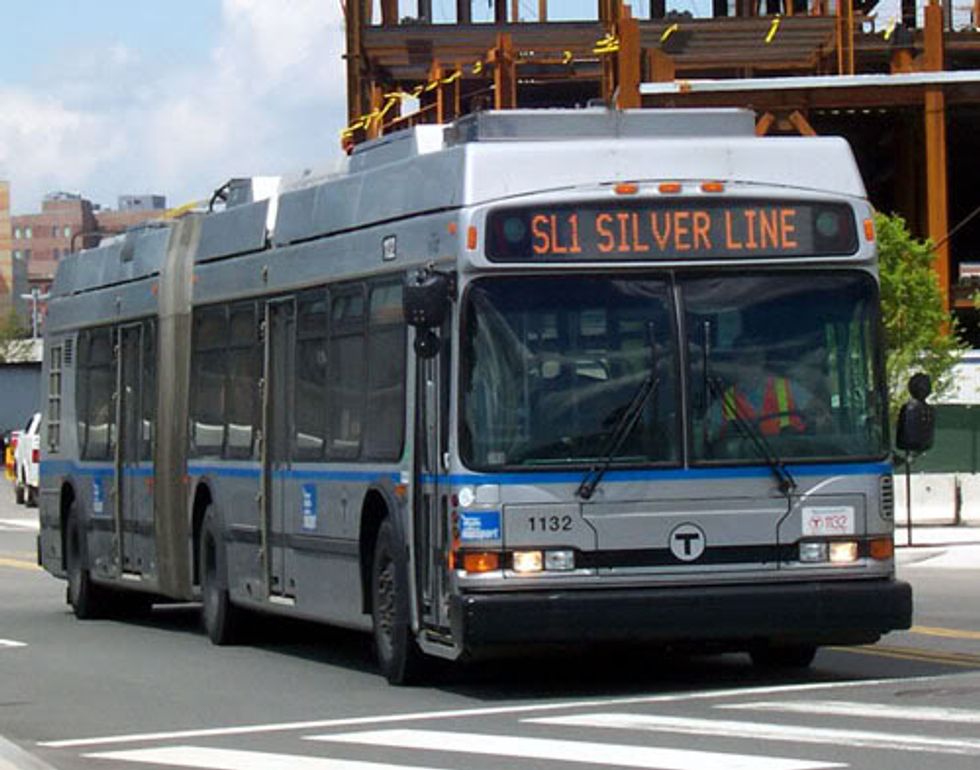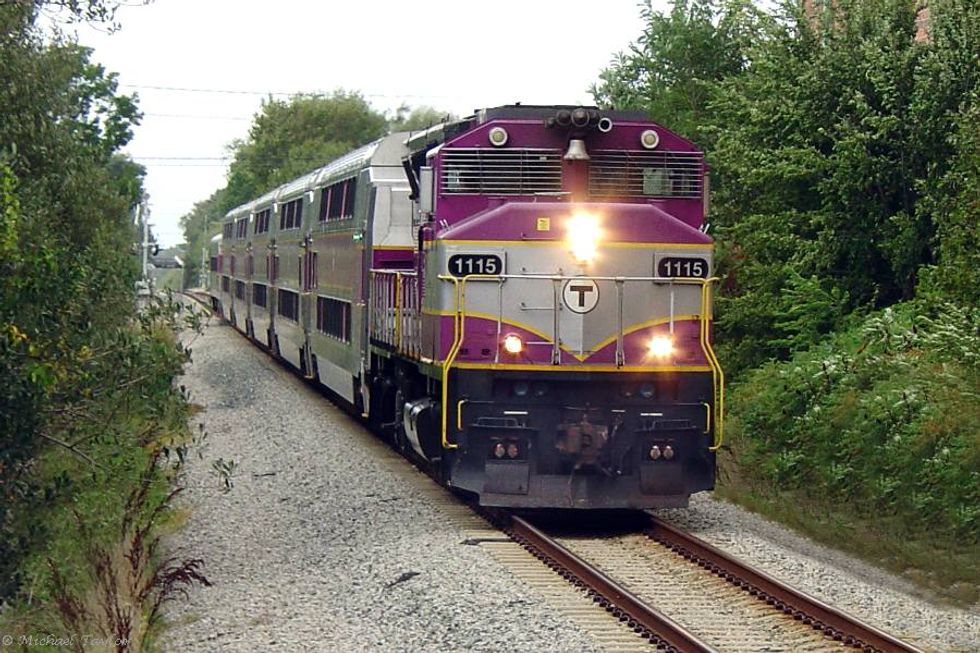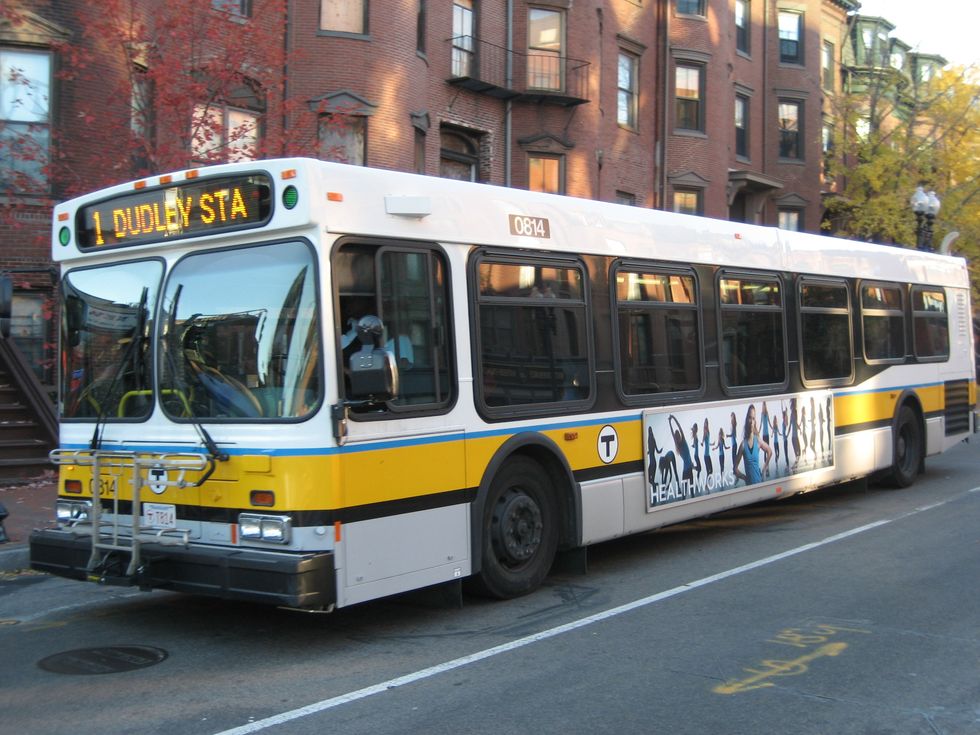The MBTA is one of the best - and worst - parts of the city of Boston. It does its task of getting you where you need to go, but not always on time or smoothly. I have found that I have a love-hate relationship with the T. I have become a seasoned MBTA rider and have learned all the tips and tricks of navigating the city of Boston via public transportation. Learning the best and worst things about getting around is so important when living in a city like Boston. Here are some of the highlights - and lowlights - of the MBTA.
The Map
If you're looking at this map and thinking it looks confusing, you are not wrong. With all the T lines in one spot, on one map, the transit system looks extremely intimidating and difficult. For new riders, staring at this map can be very stressful. It is so important to understand where each line goes and how many line changes you will have to make to get to your destination. Once you've mastered the mystery that is The Map, you will be on your way.
Orange Line
One of the MBTA's older lines, the Orange Line can get you from Oak Grove Station in Malden, MA to Forest Hills Station in the Jamaica Plain neighborhood of Boston. This is usually one of the faster trains, but does tend to break down and have delays during bad weather and peak hours. It's definitely important to give yourself extra time when using the Orange Line to account for unexpected problems.
Green Line
The Green Line is arguably one of the more confusing lines of the T. It contains four different lines that can take you to different places throughout Boston and surrounding areas. The B Branch of the Green line can get you from Boston College to Park Street in Boston.
The C Branch travels from Cleveland Circle to Boston's North Station. The D Branch of the Green Line travels from Riverside Station in Newton to Government Center Station in Boston. Finally the E Branch travels from Lechmere Station to Heath Street. All the trains merge at Park Street Station, a hub for line changes. Learning the lines of the Green Line make travel within the city of Boston easy!
Red Line
The Red Line of the MBTA runs service from Alewife Station in Cambridge and splits off into two lines running to either Ashmont or Braintree. It passes through Kendall Square and MIT, Massachusetts General Hospital and Downtown Crossing. The Red Line also offers many links to other lines and to the Commuter Rail. The Red Line is very good for getting access to surrounding cities in Boston and is normally reliable and fast.
Blue Line
The Blue Line, another rapid transit line of the MBTA, begins at Bowdoin Station and runs to Wonderland Station in Revere, MA. It passes through the airport station where a free shuttle is offered for travelers. The Blue Line also passes under Boston Harbor, which is why it was assigned its blue color! It offers connections with the Green and Orange Lines. The Blue Line is frequently used to travel to the airport and to Revere - a beach town on the outskirts of Boston.
Silver Line
The Silver Line of the MBTA is a bus rapid transit system. It contains four different routes. The first section has two routes from Dudley Square in Roxbury, mostly via Washington Street, to Boston's Downtown Crossing and South Station. The second section runs from South Station to South Boston and to Logan Airport in East Boston. It is easy to transfer between the sections and to other lines at South Station and at some places on the street. The Silver Line also crosses paths with the other lines of the MBTA for easy travel.
Commuter Rail
The Commuter Rail features purple-striped trains that travel in all directions to and from the city of Boston. The trains go as far south as North Kingstown, RI, as far north as Newburyport, MA and as far west as Fitchburg, MA. This line is used by commuters to get to the hub stations of Boston. It is an easy and reliable way to travel from surrounding areas. The trains travel to two major terminals in Boston at North Station and South Station. Both stations offer Amtrak service as well as MBTA service.
Buses
The MBTA buses offer transportation from surrounding cities to local train and rapid transit stations. They allow commuters to easily travel from home to the trains. There are nearly 200 bus routes in the Greater Boston area. The buses are very important to many passengers and offer even more ways to travel throughout Boston!
The MBTA is a huge part of Boston life and culture. It is so important to learn how to travel throughout the city and use the bus and subway lines. In order to do so, you need to get a Charlie Card. The card will save you money and allows you to add value at subway stations. Exploring Boston is so easy with the right guidance, transportation and skills and can help you adapt to this great city!


